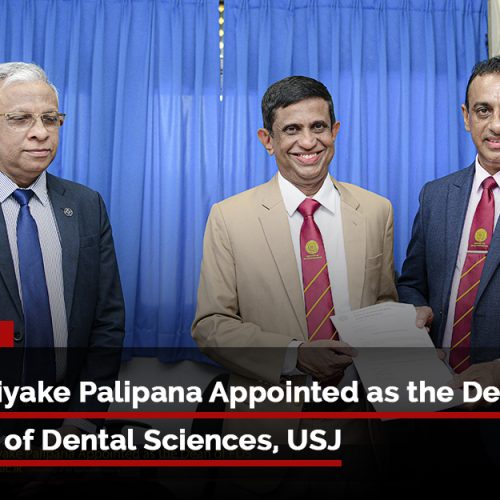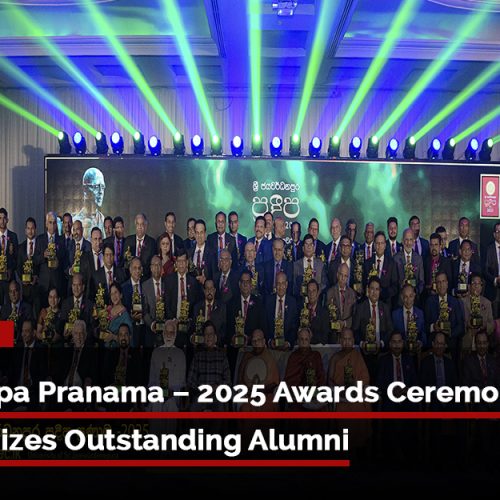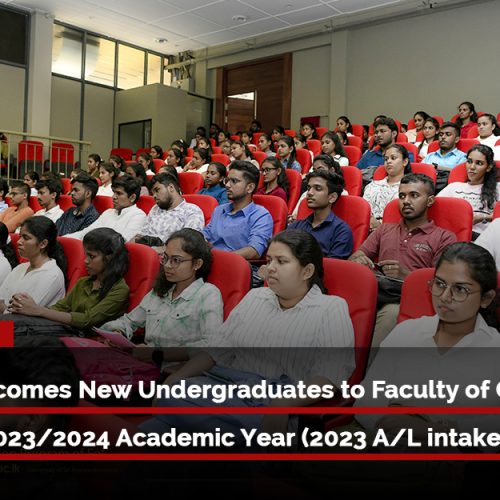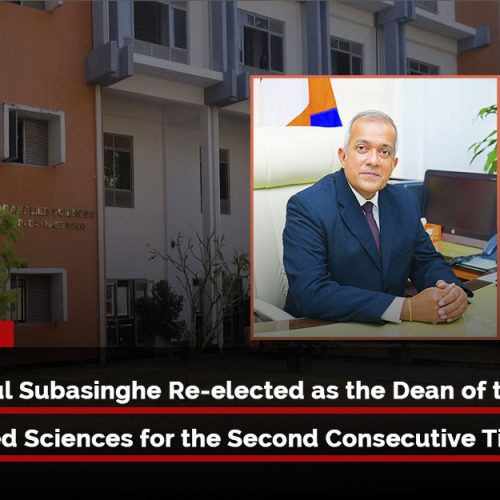The University of Sri Jayewardenepura and Oak Ridge National Laboratory (ORNL), USA have established a collaborative research platform to conduct Small Angle Neutron Scattering (SANS) experiments under the leadership of Prof P. M. Jayaweera and Dr. Dilru Ratnaweera (Department of Chemistry). A user agreement between the two research teams was signed by the Vice Chancellor of the University of Sri Jayewardenepura and Cindy Kendrick, User Agreement Manage at ORNL. The findings of the research will provide valuable information that can be used to improve the efficiency and lifespan of dye sensitized solar devices.
The University of Sri Jayewardenepura and Oak Ridge National Laboratory (ORNL), USA have established a collaborative research platform to conduct Small Angle Neutron Scattering (SANS) experiments under the leadership of Prof P. M. Jayaweera and Dr. Dilru Ratnaweera (Department of Chemistry). A user agreement between the two research teams was signed by the Vice Chancellor of the University of Sri Jayewardenepura and Cindy Kendrick, User Agreement Manage at ORNL. The findings of the research will provide valuable information that can be used to improve the efficiency and lifespan of dye sensitized solar devices.
Small Angle Neutron Scattering (SANS) technique can characterize molecular assembly withatomic scale resolution. Neutrons can clearly distinguish the differences between the atoms with different number of neutrons and protons, i.e. isotopes. For example, even the hydrogen and deuterium atoms can be clearly distinguished from each other. Such atomic scale resolution cannot be obtained from X-ray scattering instruments, specifically for atoms with low electron densities. Also, SANS is a non destructive technique, which means one could use this technique to study materials in-situ while functioning. However, neutron based material characterization techniques are highly costly and available only in few locations in the world (about 15 laboratories). This highly prestigious collaboration with ORNL will allow us to use their cutting edge technology to expand the understanding of materials. In one of the collaborative studies, our research team was able to explore the assembly modes of carotenoid molecules in solar cells. Such information is the key to improve the life span and efficiency of the dye sensitized solar cells.










